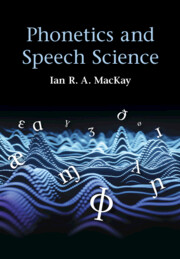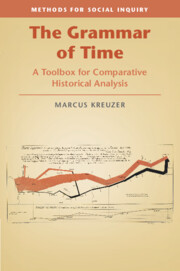Refine search
Actions for selected content:
36809 results in Cambridge Textbooks
8 - Use of force
-
-
- Book:
- Public International Law
- Published online:
- 09 May 2023
- Print publication:
- 23 May 2023, pp 212-237
-
- Chapter
- Export citation
1 - Overview of public international law
-
-
- Book:
- Public International Law
- Published online:
- 09 May 2023
- Print publication:
- 23 May 2023, pp 1-31
-
- Chapter
- Export citation
Acknowledgements
-
- Book:
- Public International Law
- Published online:
- 09 May 2023
- Print publication:
- 23 May 2023, pp xxvi-xxvii
-
- Chapter
- Export citation
9 - International dispute settlement
-
-
- Book:
- Public International Law
- Published online:
- 09 May 2023
- Print publication:
- 23 May 2023, pp 238-264
-
- Chapter
- Export citation
14 - International environmental law
-
-
- Book:
- Public International Law
- Published online:
- 09 May 2023
- Print publication:
- 23 May 2023, pp 372-399
-
- Chapter
- Export citation
Contents
-
- Book:
- Public International Law
- Published online:
- 09 May 2023
- Print publication:
- 23 May 2023, pp vii-xxi
-
- Chapter
- Export citation
Dedication
-
- Book:
- Public International Law
- Published online:
- 09 May 2023
- Print publication:
- 23 May 2023, pp v-vi
-
- Chapter
- Export citation
16 - International economic law
-
-
- Book:
- Public International Law
- Published online:
- 09 May 2023
- Print publication:
- 23 May 2023, pp 430-455
-
- Chapter
- Export citation
7 - State responsibility and diplomatic protection
-
-
- Book:
- Public International Law
- Published online:
- 09 May 2023
- Print publication:
- 23 May 2023, pp 180-211
-
- Chapter
- Export citation
13 - International law of the sea
-
-
- Book:
- Public International Law
- Published online:
- 09 May 2023
- Print publication:
- 23 May 2023, pp 346-371
-
- Chapter
- Export citation
10 - International human rights law
-
-
- Book:
- Public International Law
- Published online:
- 09 May 2023
- Print publication:
- 23 May 2023, pp 265-293
-
- Chapter
- Export citation
2 - Sources of international law
-
-
- Book:
- Public International Law
- Published online:
- 09 May 2023
- Print publication:
- 23 May 2023, pp 32-54
-
- Chapter
- Export citation
3 - The law of treaties
-
-
- Book:
- Public International Law
- Published online:
- 09 May 2023
- Print publication:
- 23 May 2023, pp 55-82
-
- Chapter
- Export citation
Table of cases
-
- Book:
- Public International Law
- Published online:
- 09 May 2023
- Print publication:
- 23 May 2023, pp xxviii-xl
-
- Chapter
- Export citation

Phonetics and Speech Science
-
- Published online:
- 19 May 2023
- Print publication:
- 11 May 2023
-
- Textbook
- Export citation

A Student's Guide to the Ising Model
-
- Published online:
- 11 May 2023
- Print publication:
- 25 May 2023
-
- Textbook
- Export citation

The Grammar of Time
- A Toolbox for Comparative Historical Analysis
-
- Published online:
- 11 May 2023
- Print publication:
- 25 May 2023
-
- Textbook
- Export citation
13 - Interlocutors: Talkers and Hearers
-
- Book:
- Phonetics and Speech Science
- Published online:
- 19 May 2023
- Print publication:
- 11 May 2023, pp 359-398
-
- Chapter
- Export citation
Index
-
- Book:
- Time Series for Data Scientists
- Published online:
- 01 June 2023
- Print publication:
- 11 May 2023, pp 458-464
-
- Chapter
- Export citation
12 - Acoustics
-
- Book:
- Phonetics and Speech Science
- Published online:
- 19 May 2023
- Print publication:
- 11 May 2023, pp 311-358
-
- Chapter
- Export citation
